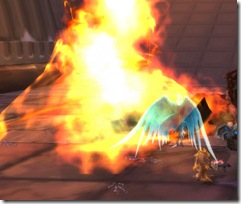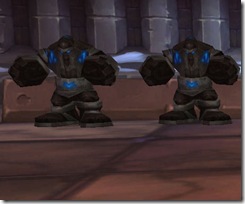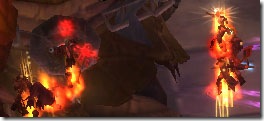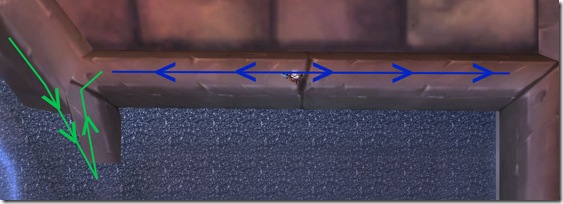Guys, I have a theory. I want to write about the perceived “easiness” of Ulduar. Random conversations with other WoW players on Twitter and reading of blogs inspired today’s post.
Here’s the theory.
“Ulduar’s easy mode wasn’t cleared because it was easy. It was cleared because the top guilds raid way more than you and I.”
No really?
But let me explain further to the guilds, leaders and raiders who appear to be frustrated by their guild’s lack of progress. Many guilds have forgotten what it’s like to hit a progression wall. Raiders who felt good about themselves and their abilities started having doubts about themselves. More on this later.
Don’t compare your guild to Ensidia or Vodka. Don’t use them as benchmarks to your guild’s success. They are the top guilds in the world for a reason (One of the raid leaders likes to occasionally remind players of this fact). They’re on a completely different level.
It boils down to hard work.
These are guilds that spent extensive time on the PTR. Every time a new boss was active, raid groups were already in and ready to engage. They would spend hours in there wiping relentlessly experimenting, trying new things and making strategy adjustments.
Sounds like your guild right now, doesn’t it?
The learning process that guilds are going through right now has already been experienced by top guilds on the PTR already.
Don’t be ashamed of yourselves or disappointed. Flashes of sadness, anger, and determination (in that order) routinely flood through me during raids. I’m disappointed at myself for not executing. I become angry because I know I can do better. I’m then determined to prove myself right.
It’s called challenge.
And here’s where the payoff lies. It’s the steadily ticking down of boss health. As it counts down from 10% to 9% all the way down to 1%, the adrenaline is still pumping. The euphoric feeling that courses through your body after a kill? That’s what accomplishment feels like. It feels good doesn’t it?
When I measure and compare progress with other players or guilds, one question I like to ask is their hours spent raiding. The problem with using weeks is that the range which guilds can raid vary tremendously. Some guilds log 6 hours a week. Others log 18+. As an example, it took Conquest troopers around 7 hours to get from the start of Ulduar to the kill of Deconstructor. If a progression guild takes down Kologarn after a 16 hour raid week and a progression guild knocks out Kologarn after two 8 hour raid weeks, then I’d say they’re about on par because it took both guilds the same amount of time to get there (16 hours).
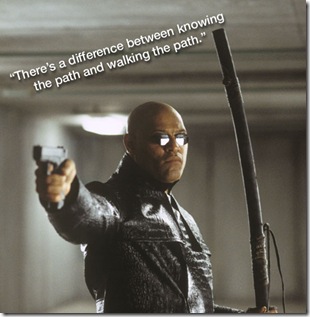
You know this. I know this. I’ve talked to players both in different guilds and abroad on Twitter. Everyone knows this. It’s still a difficult and bitter pill to swallow. Like the great Morpheus once said, “There is a difference between knowing the path and walking the path”. The average time it takes for a typical heroic raid to learn and kill a new boss is around 2 hours. Shorten that time if players watched videos, read strategy, or have done the 10-man versions.
Even now, we start seeing progression gaps among the different guilds. The spread from first, to tenth, to twenty-fifth is increasing. It’s becoming increasingly visible to separate the “pretenders” from the “contenders” (Hockey playoffs are still in my head).
To the guilds leading the progression charge, I salute you. I’m always interested in reading what guilds like Fusion are up to (especially with their popular StratFu blog Edit: Defunct) and how they handled particular challenges. I’ve heard stories of how some guilds prefer to keep their raid secrets a secret. Never really bought into that policy. I always preferred to teach players and learn from others.

